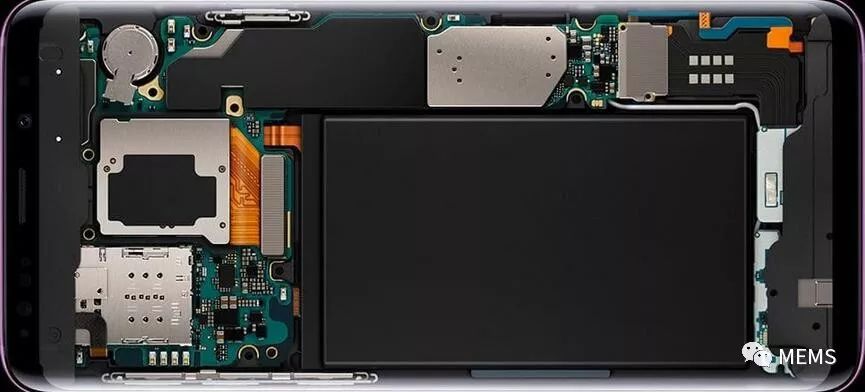
Some electronic product critics have released dismantling analysis reports for the upcoming Samsung smartphone new product Galaxy S9. Without exception, they all say that the S9 design is "no suspense" compared to last year's Galaxy S8. Or "too similar". As far as its appearance is concerned, there is really no debate about this point of view. However, Romain Fraux, head of SystemPlus Consulting, based in Nantes, France, told us that his team had just completed the initial disassembly of the European version of the Galaxy S9 and found several hardware innovations in S9. First, Fraux said System Plus suspects that Samsung uses a modified-semi-additive process (mSAP) in its application processor. Apple, such as mSAP and advanced manufacturing technology, has also been used in its iPhone X to create new stacked PCBs. Among the various sensors embedded in the S9, Fraux believes that STMicroelectronics (ST) is the biggest winner. In addition to the ST's pressure sensor, the S9 also uses ST's 6-axis inertial measurement unit (IMU).
Packaged inside the S9 camera module is Samsung's own dual camera. From the architecture point of view, this is a new version of Samsung's own design based on embedded DRAM in Sony's three-layer stacked CMOS image sensor.
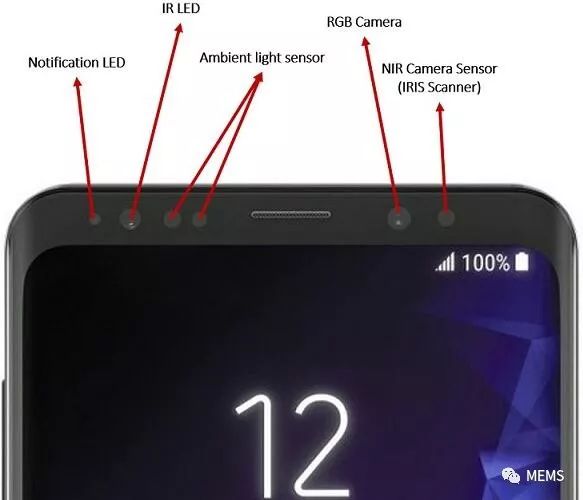
Inside the camera module is a 2-axis MEMS gyroscope from ST that provides optical image stabilization. The S9 camera module also features an exclusive iris diaphragm technology that allows the camera to automatically adjust the aperture based on the light available on the subject. As expected, the S9 also has a fingerprint recognition sensor. It is reported that users of S9 can unlock the phone through fingerprint recognition, iris scanner or face recognition. However, the S9 does not offer a "TrueDepth camera" similar to Apple's iPhone X. The Apple iPhone X feature enables Face IDs through a combination of dot matrix projectors, infrared cameras, floodlight sensing elements, and time-of-flight (ToF) sensors.
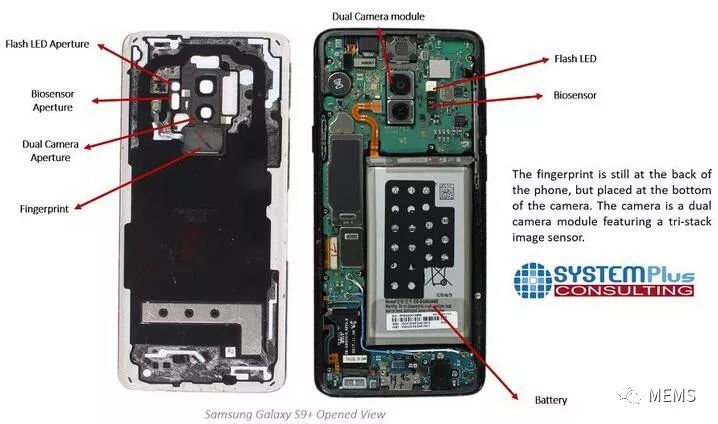
Another notable aspect of Broadcom's RF solution S9 is the use of a radio frequency (RF) module designed by Broadcom. Broadcom's RF module consists of a power amplifier and a bulk acoustic wave (BAW) filter that supports both high and medium frequencies. It is speculated that the integration of different components into an RF solution can improve product quality. According to Fraux, the solution "is similar to an RF module that Broadcom originally designed for the iPhone X."
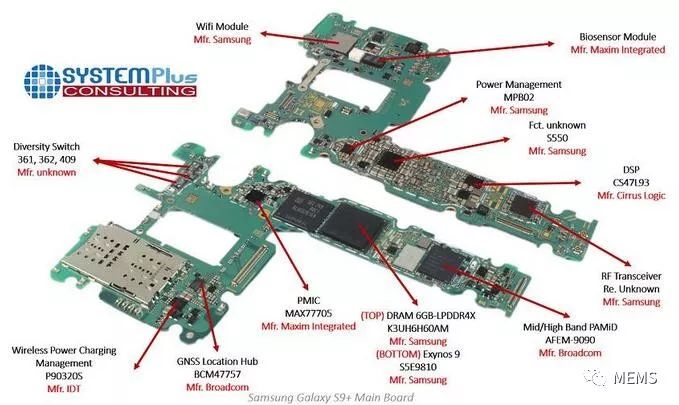

As for the front-end wireless system market for wireless devices, it has been a long-standing goal of companies including Broadcom and Qorvo. Recently, Qualcomm has also tried to take a share. However, Fraux said: "Qorvo was not found in S9."
For details of the disassembly, please see the following picture:
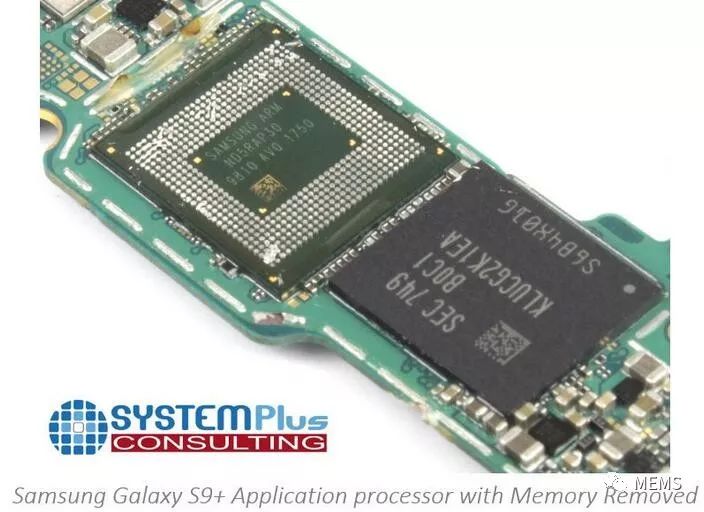
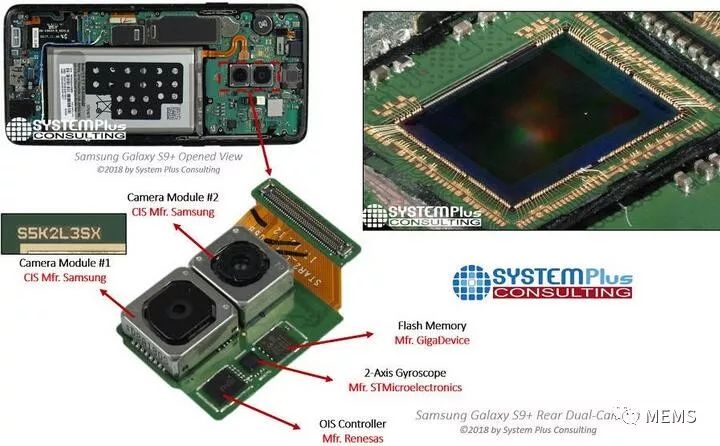
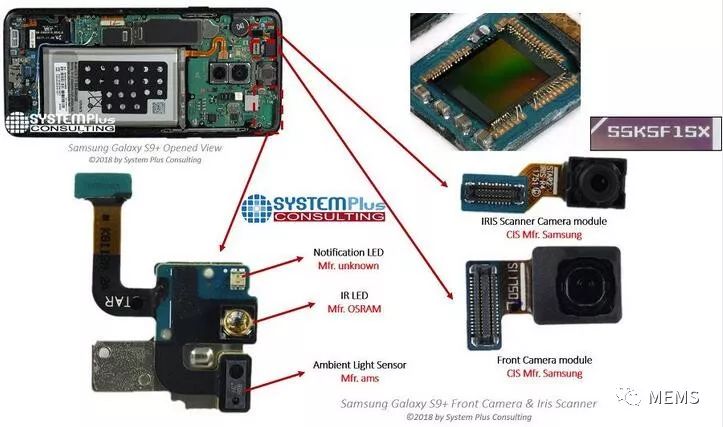
CKB currency is the brand new upgrade of this small mining coin in the sales market in 2020. The first mining machine to release this currency is developed by Toddminer, a team of ToddMiner. They became interested in the new Nervos project in early 2019, and immediately invested their scientific research energy when the Nervos team released CKB's Eaglesong optimization algorithm. After 2 years, ibelink finally developed a 32T KDA machine emperor, and the price is affordable compared with KD6, cost-effective and stable pressure tube over KD6 head, and there are two ways to convert freely, emerald green way calculation rate is only 22T, but the function loss is reduced to 1850w, customers can choose the different way according to their own situation. As a new star in the mining circle, iBelink company's new implementation of BM-K1,BM-N1 is obligatory. BM-K1 mainly mines KDA coins, with a calculation rate of 5300G, a functional loss of only 800W, and a daily profit of 300+. And BM-N1 went up with 6.6T calculation rate to kill the small ant K5, ranked first.
Asic Miner IbeLink:iBeLink BM-K1 Max,iBeLink BM-K1,iBeLink BM-K1+
asic miner ibelink,ibelink miner,ibelink bm k1 max,bm k1 miner,ibelink kda miner
Shenzhen YLHM Technology Co., Ltd. , https://www.asicminer-ylhm.com
